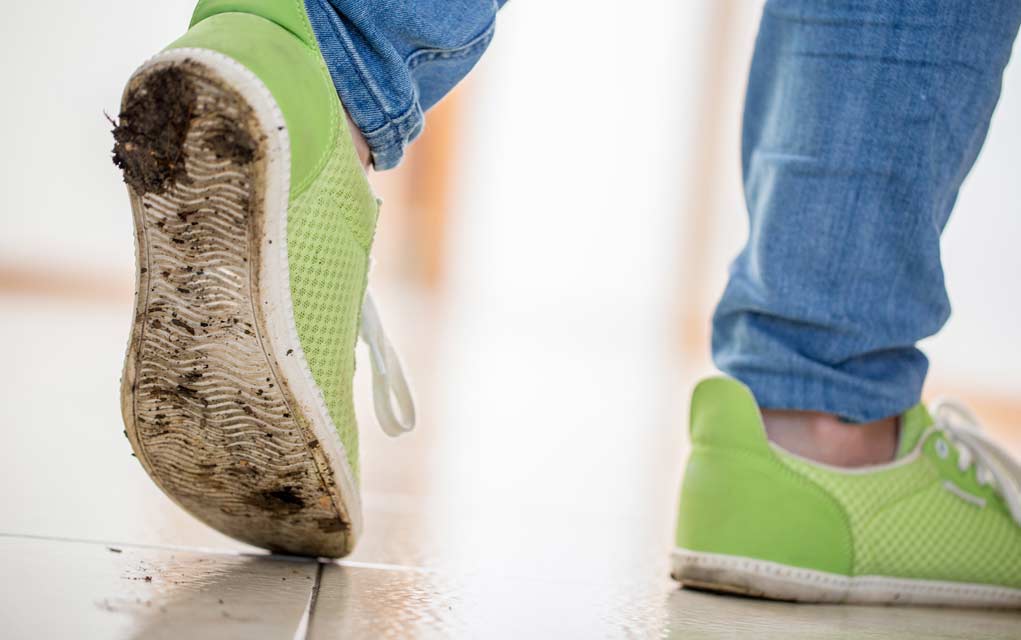MICROCHIPPING – Startling Facts Every Pet Owner Should Know!
(ModernSurvival.org) – People who live in areas threatened by natural disasters have a lot to contend with. Not only do they have to deal with the disasters themselves, but also with preparation, possible evacuations, and the aftermath. Anyone who has watched the news following a tornado or hurricane knows these extreme events are capable of unleashing devastation on a massive scale.
Following a natural disaster, assessing property damage is all-consuming in itself. Dealing with the loss of a beloved pet would make the aftermath worse. Thankfully, there are a few ways to make sure pets are prepared to survive a disaster along with the rest of the family.
Help Pets Get Home
In the chaos after a natural disaster, or any large-scale emergency for that matter, it’s easy to become separated from pets. Most animals will run and hide when threatened. Should this happen, it’s important to make sure they can get back home when found.
The first step is to put collars and identification tags on all family pets. While this is a good start, tags aren’t infallible. They can fall off or be otherwise removed, leaving pets stranded and helpless. Arguably, the best course of action is to have pets microchipped.
Microchipping is the only form of permanent ID that is available for pets. These implanted computer chips contain a unique code that is specific to each animal, making it easy to identify them once the chip is scanned.
It is important to note, however, that microchipping is not the same thing as GPS — it isn’t possible to find the exact location of a microchipped animal. When the pet is found, animal control can scan the chip using Radio-Frequency Identification (RFID) to determine its number. Think of it as the pet’s social security number.
Some microchipping registries charge for keeping a pet’s information; however, foundanimal.org allows anyone to register their microchipped pets free of charge.
Will Microchipping Really Help?
Studies have shown that microchipped pets have a much higher chance of being reunited with their owners than those who don’t have the microchip. According to petfinder.com, dogs that have been microchipped are 28 percent more likely to be reunited with their families than non-chipped dogs. For cats, the odds increase to 38 percent.
Does Microchipping Hurt?
Understandably, many pet owners have reservations about getting their pets microchipped, out of fear it may hurt their fur babies. This worry is unfounded, as the implant only takes seconds and doesn’t even require an anesthetic. A simple shot places the chip directly under the skin and is akin to getting the pet vaccinated.
Rarely, the injection site can become inflamed. However, most veterinarians agree that the pros far outweigh this potential con.
Preparing a pet for an emergency situation can be key to their survival. While microchipping is highly recommended, it’s only one way to get pets ready to handle a disaster. To see how to prepare to bug out with a dog, check out our article on how to create the ultimate dog out bag.
~Here’s to Your Survival!
Copyright 2022, ModernSurvival.org














